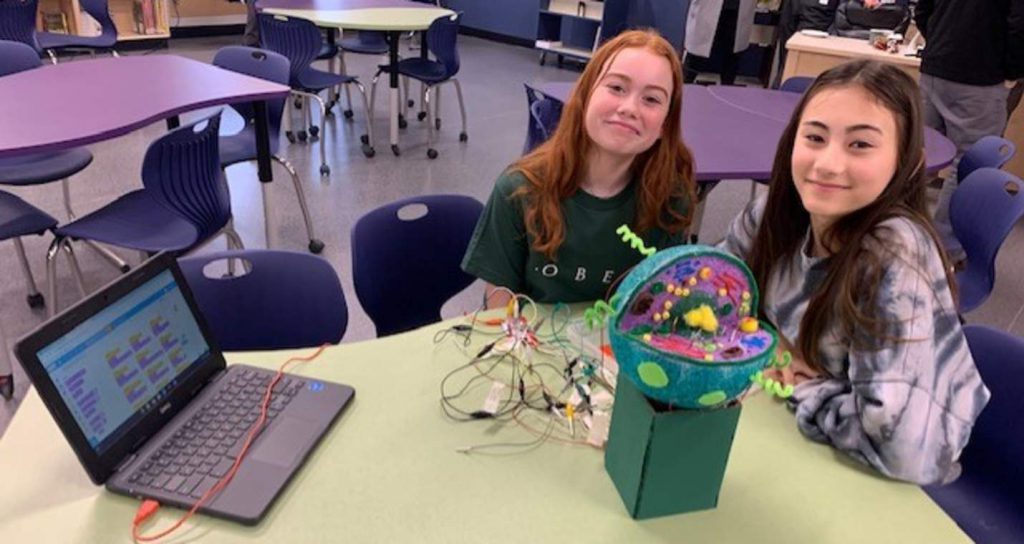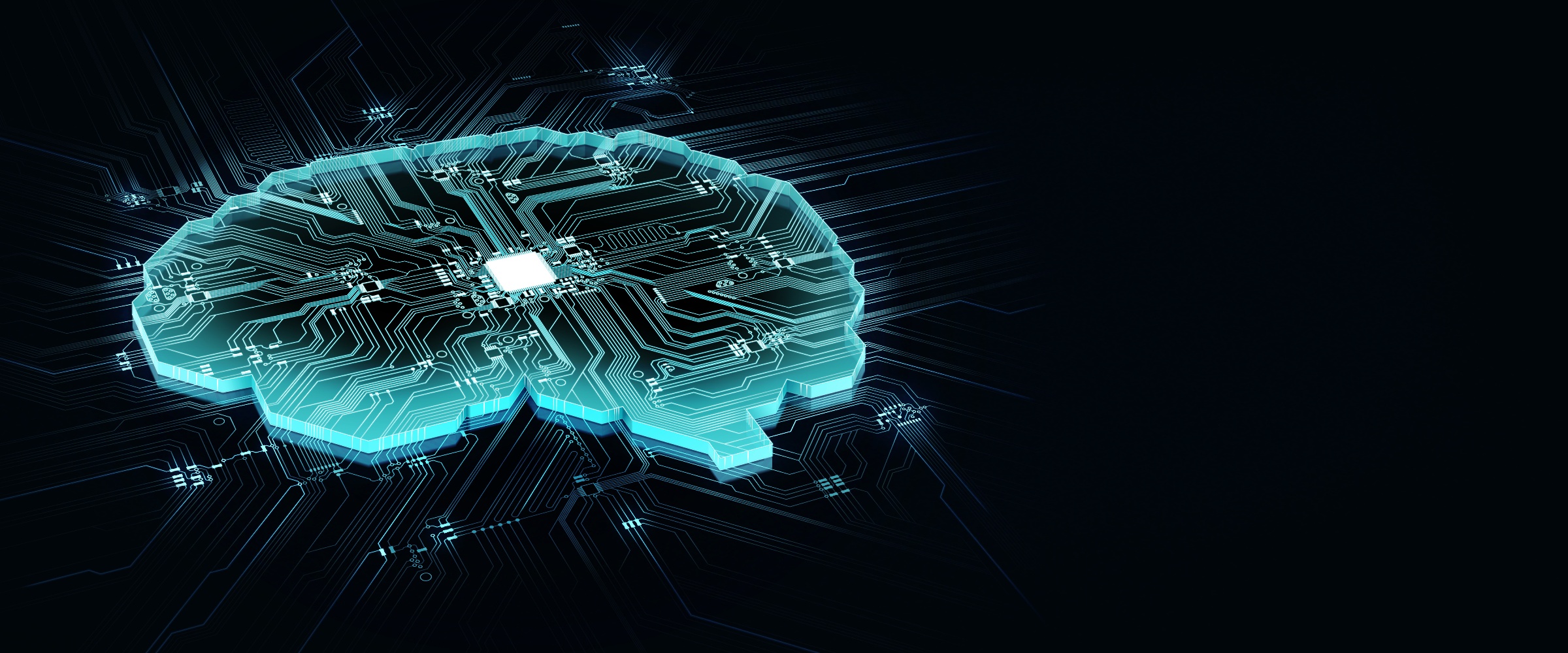As technology continues to proliferate all around us, I have wondered about the impact artificial intelligence (AI) will have on education, especially on teaching and learning. You need not look very far to see its ubiquitous presence in our lives.
Most of us take for granted the things we can now do with AI. From driving into the city on the fastest route with Siri’s help to tracking your packages as they move around the world, AI has forever changed our lives. In its simplest form AI trains a machine to do tasks that simulate things the human brain can do. That means it can learn to do things like recognize faces and voices, understand natural language, and even make recommendations (think about this the next time Netflix makes a suggestion about a series for you to binge watch). These systems can actually improve over time, becoming more and more complex and accurate as they take in more and more information (Terminator and Cyberdine Systems come home to roost).
You might be surprised to know that AI (aka machine learning) is already being used in some school districts. Consider for instance how technology is used to optimize the very complex bus routes in our Transportation Department, or how we digitally manage room temperature and lighting in 50 buildings across the district. These are very real examples of how AI is creeping its way into the education sector. Despite all this, I have heard it said that AI will not disrupt the education sector to the extent that it has other sectors, but I wonder if that is just a matter of time. For decades (misguided) futurists have predicted that teachers will ultimately be replaced by robots who will be able to diagnose and respond to student learning needs far more efficiently than humans. Of course, what they failed to recognize was that teaching is far more art than science, far more relational than technical, and that classroom and school culture is far more complex than previously thought.

Still, we see signs of change that reach well beyond the current proliferation of technology in our schools. True, we have far more devices than we have ever had, and school systems rely on technology far more than we ever have. The next frontier, however, is for AI to leverage purposeful learning in classrooms. We have begun to see some interesting examples of this in several jurisdictions. Here are a few interesting examples:
- AI is used in smart tutors, which help schools differentiate instruction for diverse learners. In some cases, they can process natural language to interact with students.
- Consider Classcraft, a game-based classroom management tool intended to find patterns in student engagement and use this information to make suggestions to teachers on the spot.
- Some of us have heard about IBM’s Watson Education and Google’s Cloud Platform storage and AI initiative which offer the potential for schools to deliver personalized learning strategies and offer analytics-based performance insight.
- In one district in Florida, educators are leveraging new content monitoring software to automate the process of flagging potentially sensitive internet searches and add critical context to flagged requests.
- An elementary school in New Jersey is using an AI-assisted teaching assistant called Happy Numbers to identify where students are struggling in math and provide personalized assistance.
- Finally, consider Presentation Translator — a free PowerPoint plug-in — which provides real-time integration of multilanguage subtitles to help students better understand instructions in class or provide remote access for those dealing with illness.
Of course, these are all relatively inobtrusive examples. In time, the technology will continue to proliferate to the point where AI can be used to amplify the technical features of instruction and truly augment the teachers’ ability to meet the diverse needs of students in classrooms. For now, most of us will continue to watch carefully to see where the first significant AI breakthroughs will occur. I remember reading Neal Stephenson’s Diamond Age to my English class when it first came out in 1996, and remember discussing the fantastical idea of a book (The Primer) that could respond to the individual needs of its reader and prepare him/her to be a productive member of society. Here we are a short 20 years later, and we have begun to realize that idea.
Dr. Kevin Godden, Superintendent of Schools, Abbotsford School District
This story has been reproduced with permission from Dr. Kevin Godden, Superintendent of Schools. The original posting can be found here.



Pingback: 7th Topic EDCI 337 A01 Summer – Life Long Learning – EDCI 337: Interactive and Multimedia Learning